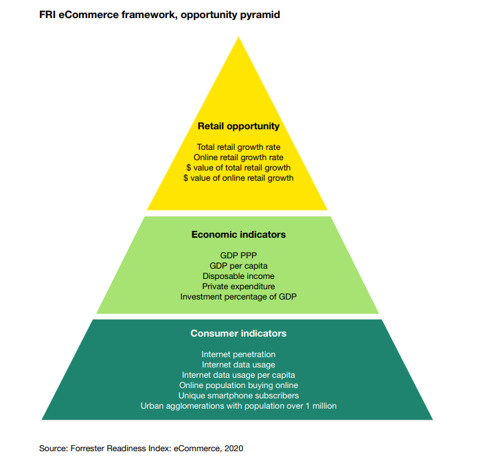
Building and maintaining brand loyalty is make or break for businesses trying to connect with today’s discerning consumers. In a fast-moving world where consumers have many choices, successful brands are rewarding their most valuable customers with loyalty programs that deliver brilliant experiences.
While many brands simply focus their loyalty reward programs on transactional loyalty to drive sales and grow business, failing to harness emotional loyalty is a missed opportunity. A Gallup survey found that customers with emotional ties to brands spend 46% more money, and are 32% more likely to visit a store, than brands that don’t leverage consumer sentiment.
From retention to sales, brands that tap into the emotional and practical side of consumers through powerful, compelling loyalty programs can enjoy some pretty significant benefits. Studies show that acquiring a new customer costs about five times more than keeping an existing one emotionally satisfied. Loyal customers, meanwhile, are 50% more likely to try new products and spend 31% more money compared to new customers.
Here are three ways brands can use loyalty programs in 2020 to make stronger emotional and practical consumer connections.
Make it easy. Complex and cumbersome loyalty programs are a pretty surefire way to turn away consumers from your brand, so why not make it fast and easy instead? Programs that are easy to use and understand were viewed as the two biggest loyalty drivers in a consumer survey we conducted last year. On the flip side, programs that make it difficult to earn and use loyalty points and miles were seen as the biggest turn offs for consumers. And remember, easy doesn’t just mean easy to attain rewards, it means easy to do business with as well.
Make it rewarding. Loyalty programs with rewards that are truly rewarding resonate the most with consumers. Based on our survey findings, cash back and purchase discounts are the preferred types of loyalty rewards. Our findings showed that consumers disliked programs where the felt like they have to spend a lot to get a little back, or where it takes too long to earn meaningful rewards, because the brand doesn’t give them enough points. Brands that remove hurdles to reward redemption and the customer experience have an opportunity to enhance purchase behavior. One way is to offer rewards less often, but make them count more. There is also a strong case for making the first reward more attainable earlier in the relationship, as this activates the dialog and prevents early disengagement.
Make it relevant. Powerful loyalty strategies come from strong consumer targeting. To offer a meaningful experience, brands must correctly target and personalize their rewards with the right customers, in the right place, at the right time. Communicating the benefits clearly makes the redemption process desirable because it is easier for your customers to understand how the program works and its benefits. Our research shows customers are most likely to choose a reward that offers a lot of flexibility, as they value choice. Adding more redemption options can also promote redemption.
Loyalty programs are now the dominant tool for loyalty marketing worldwide, and customers who join a brand’s loyalty program fully expect to redeem the loyalty currency they have earned, plus receive incremental personalized benefits or preferential services from the brand.
As the highlight of being a successful loyalty program member, this interaction drives an emotional connection to the brand and drives repeated engagement, deepening the relationship between customers and brands. Just remember: redemption should always be easy, seamless, and rewards should be enticing, not the other way around.
Phil Seward is the senior VP of loyalty strategy, Americas, at Collinson.

